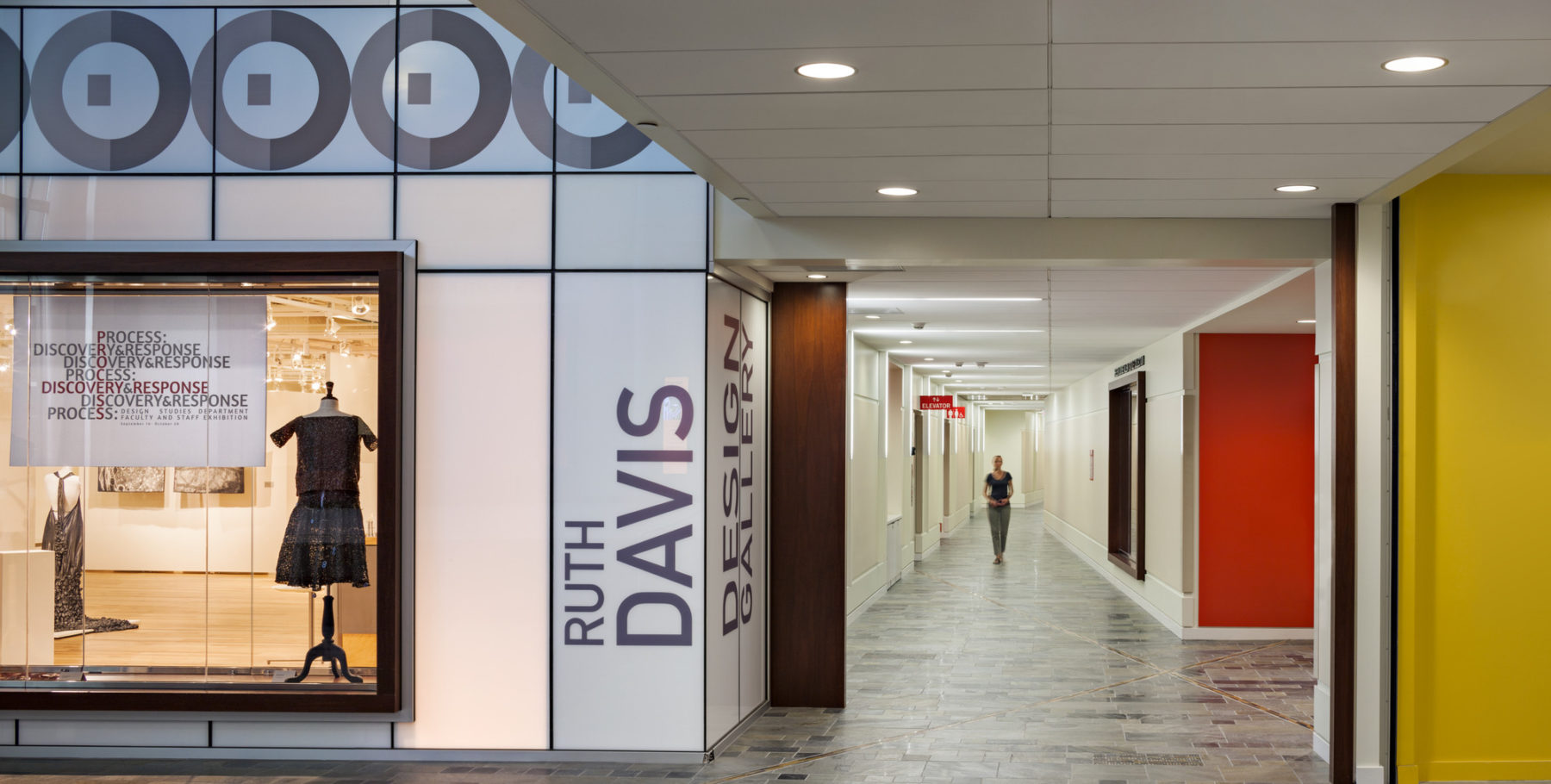
College of William & Mary School of Education
Williamsburg, VA
 Sasaki
Sasaki

The design of the renovation and expansion of the University of Wisconsin’s School of Human Ecology responds to a sensitive location in the historic core of the campus, including the need to recreate a ‘legacy’ park and campus path through the site in order to achieve an accessible pedestrian route on the existing hillside.
The 90,000-square-foot addition to the school as well as a 75,000-square-foot renovation of the historic building were preceded by a complex demolition phase involving two existing buildings on the site, complicated due to proximity to active sidewalks and service points.
The goals for the project were to consolidate various programs in a single facility, enhance the school’s presence on campus, and create a welcoming home to students, faculty, and visitors alike. The project team faced a number of challenges, including respecting the historic fabric of existing School of Human Ecology and the immediate campus buildings and landscaping, creating common spaces that would promote interaction between the school’s various communities and programs and promote broader campus engagement, updating the school’s facilities with technology-enhanced classrooms, teaching labs, and collaboration spaces, and providing a welcoming and secure environment for preschool children within a higher education environment.

In response to established planning framework and unique project goals, the design team devised a number of solutions for the renovation and expansion to the School of Human Ecology. The addition respects the architectural character of the existing building in its massing, materials, and architectural details. A new link, which connects the existing and new structures, provides a gracious entrance to the school, and a space for display and interaction. Located off the link, a design gallery engages the broader campus community.


The initial phase of the project included a planning and programming study which established the ideas and vision for the physical expansion of the School of Human Ecology. This programming and planning study culminated in a comprehensive program document and a series of alternative site accommodation strategies which reflected the cultural, historical, programmatic, and architectural vision for the school, and provided the framework for a unified physical home which would support and integrate academic planning initiatives.



New classrooms, studios, and flexible research spaces accommodate the school’s multidisciplinary programs. The new preschool wing, scaled for children, also has an adjacent secure playground area for active play and learning. A roof garden and pergola are sized to accommodate various sizes of groups and community occasions. The landscape solution preserves building setbacks, view corridors, and open green spaces in the heart of the historic campus. A below-grade parking facility almost entirely removes adjacent surface parking, preserving open space, and providing a secure environment for preschool drop-off and pick-up.





For more information contact Fiske Crowell.